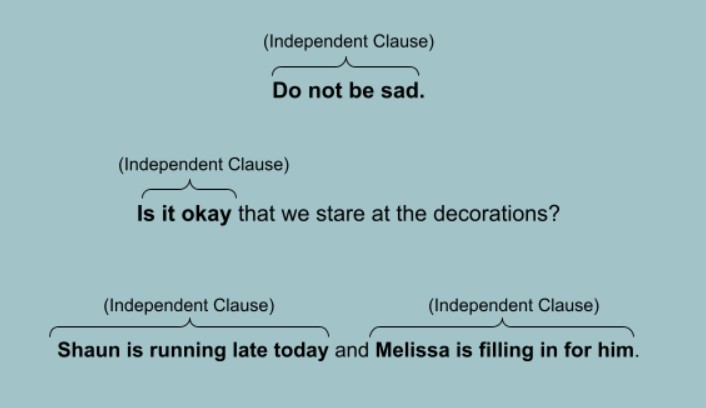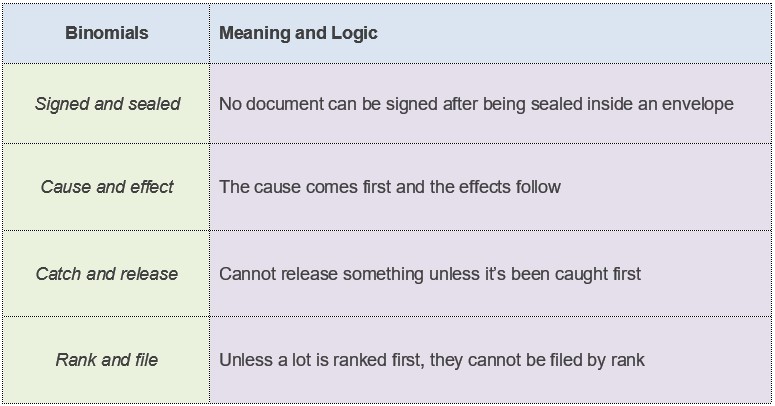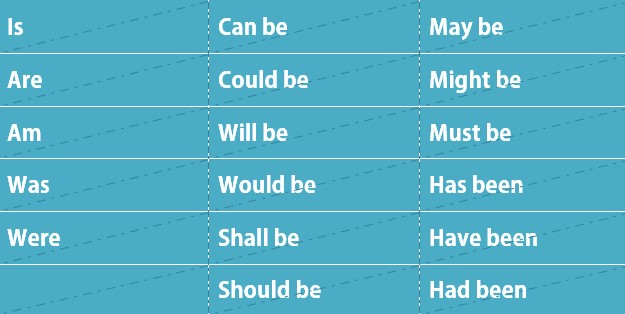Comparatives: Structures & Examples
Comparisons indicate degrees of difference with adjectives and adverbs. Comparatives are the words that indicate a comparison between two entities. Some comparatives constitute different structures from others.
Comparatives in Different Structures:
Single Word Comparatives:
The adjectives and adverbs that do not require the word ‘more’ or ‘less’ before them and add ‘er’ or ‘ier’ with them are the single word comparatives.
Structure:
| Subject + verb + adjective/adverb+(er) + than + noun/pronoun + verb (hidden) |
Examples:
- Alex is taller than Max.
- Today is hotter than yesterday.
- He has a brighter skin than she has.
Double Word Comparatives:
The adjectives and adverbs that are of more than two syllables need an extra ‘more’ or ‘less’ before them to become comparatives.
Structure:
| Subject + verb + more/less + adjective/adverb + than + noun/pronoun + verb (hidden) |
Examples:
- She is more beautiful than Tina.
- He is less handsome than Alex.
- I am more tired than you.
Note: Comparatives always compare two entities based on a certain feature of those entities. They always compare similar entities.
Examples:
Incorrect: His watch is cheaper than his employee. (There cannot be any comparison between a thing and a person. It must be between two things or two persons.)
Correct: His watch is cheaper than his employee’s watch.
Incorrect: My salary is lower than Alex. (This comparison is illogical.)
Correct: My salary is lower than Alex’s salary.
Incorrect: The duties of a mother are harder than a father.
Correct: The duties of a mother are harder than that of a father.
Multiple Number Comparatives:
When something is compared with another thing according to their numbers, the sentence follows a different structure. Multiple number comparatives include half, twice, three times, four times, etc.
Structure:
| Subject + verb + number + as + much/many + (noun) + as + noun/pronoun + verb |
Examples:
- John has half as many wickets as Watson has.
- Robert works twice as much as Alex does.
- I have three times as many runs as he has.
Double Comparatives:
There is a unique structure of English sentence which starts with a comparative and takes another comparative to complete it. This type of sentence structure is unusual as it is generally used with proverbs.
Structure:
| The + comparative 1 + subject + verb + the + comparative 2 + subject + verb |
Examples:
- The more you write, the smarter it gets.
- The thinner you become, the easier you feel.
- The bigger they are, the cheaper they are sold.
- The more you eat, the fatter you become.
- The sooner I leave, the earlier I will reach home.
Note:
Generally, the article ‘the’ does not precede a comparative. But in this unique structure of the sentence, ‘the’ precedes both of the comparatives.
However, there is one more structure that allows ‘the’ to come right before a comparative.
Structure:
| Subject + verb + the + comparative + of the two + (noun) |
Or
| Of the two + (noun) + subject + verb + the + comparative |
Examples:
- Shaun is the better player of the two brothers.
- Of the Marsh brothers, Mitchel is the better bowler.
- Alex is the smarter of the two boys.
- She is the wiser of the two Bronte sisters.
- Of the two novels of Joyce, the Ulysses is the more intriguing one.
Grammar
Read More
- How to Use "Therefore" in Sentences Avoiding Common Mistakes
- How to Use "Whereas" with Examples and Avoid Common Mistakes
- When and How to Use "Thus" Correctly Without Common Mistakes
- How to Use "On the Contrary" Properly with Meaning and Examples
- When and How to Use "Either/Or" with Examples and Common Mistakes to Avoid
- How to Use "On the Other Hand" Effectively without Mistakes
- How to Use "Respectively" with Example and Common Errors to Avoid
- How and When to Use "Moreover" Without Mistakes
- How to Use "Likewise" in Sentences Based on Context & When not to Use
- When & How to Use "Although" in Sentences to Avoid Mistake



